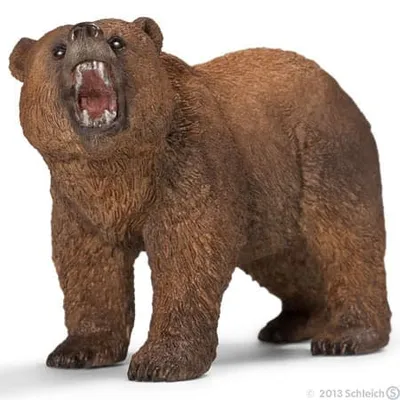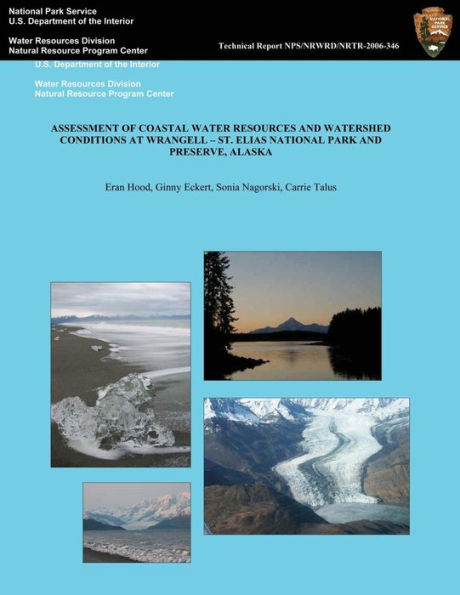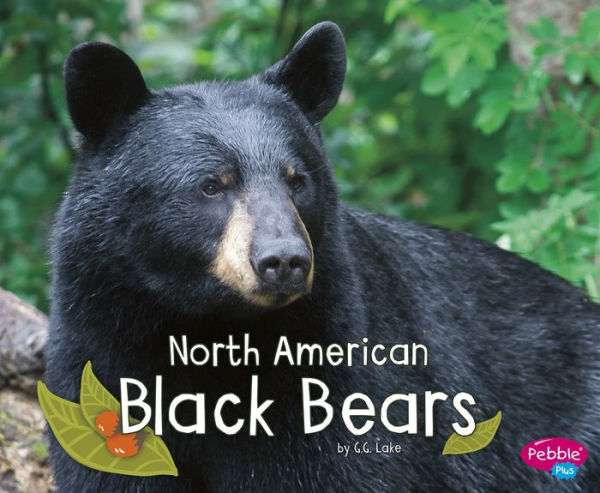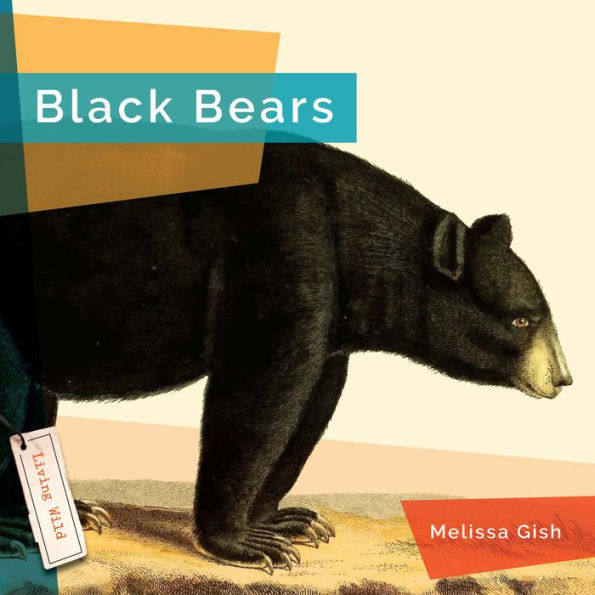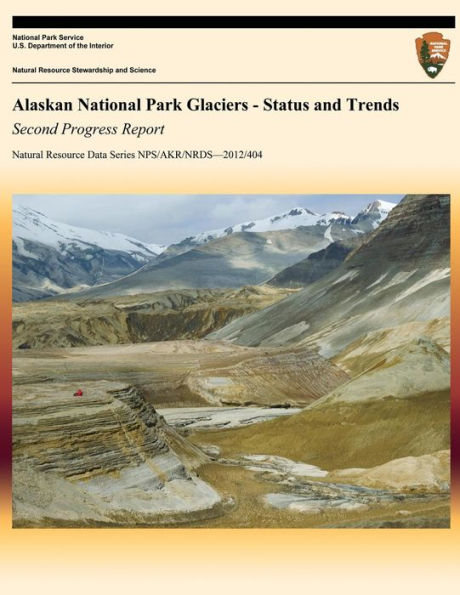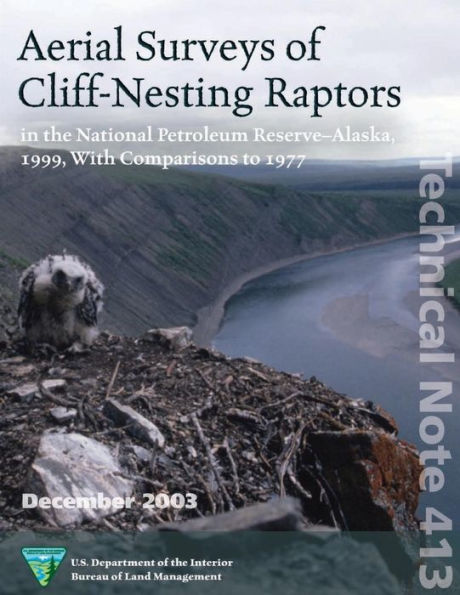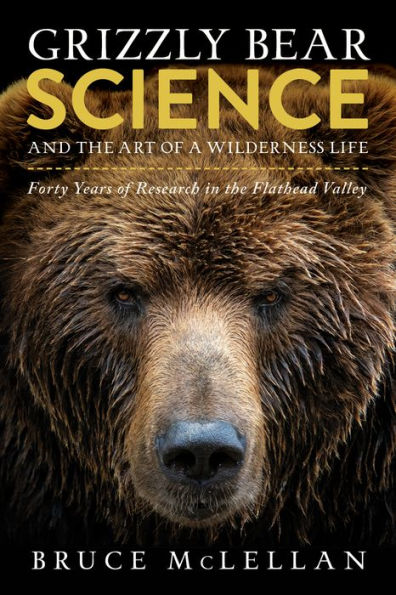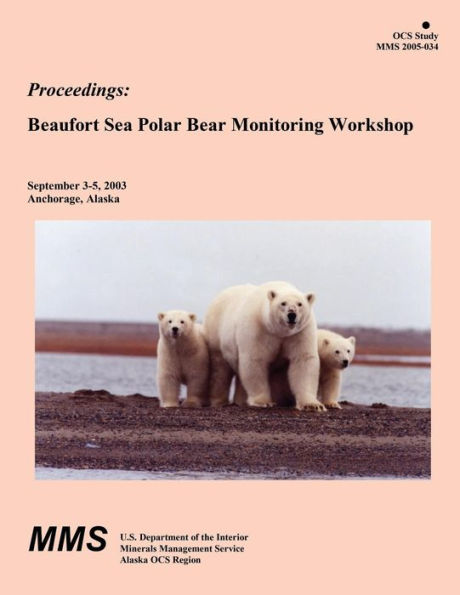Home
Black and Brown Bear Activity at Selected Coastal Sites in Glacier Bay National Park and Preserve, Alaska: A Preliminary Assessment Using Noninvasive Procedures


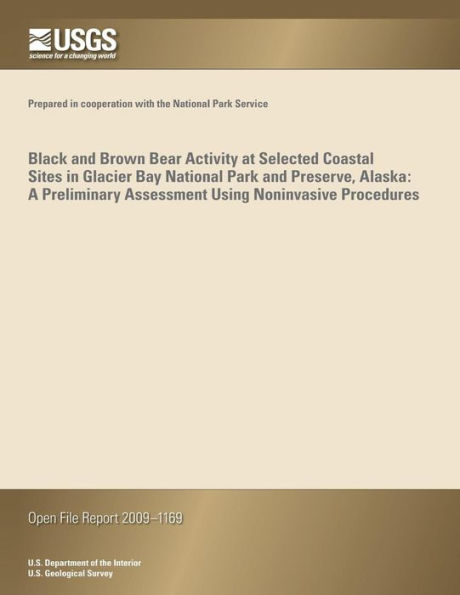
Black and Brown Bear Activity at Selected Coastal Sites in Glacier Bay National Park and Preserve, Alaska: A Preliminary Assessment Using Noninvasive Procedures
Current price: $16.99
Loading Inventory...
Size: OS
A number of efforts in recent years have sought to predict bear activity in various habitats to minimize human disturbance and bear/human conflicts. Alaskan coastal areas provide important foraging areas for bears (Ursus americanus and U. arctos), particularly following den emergence when there may be no snow-free foraging alternatives. Additionally, coastal areas provide important food items for bears throughout the year. Glacier Bay National Park and Preserve (GLBA) in southeastern Alaska has extensive coastal habitats, and the National Park Service (NPS) has been long interested in learning more about the use of these coastal habitats by bears because these same habitats receive extensive human use by park visitors, especially kayaking recreationists. This study provides insight regarding the nature and intensity of bear activity at selected coastal sites within GLBA. We achieved a clearer understanding of bear/habitat relationships within GLBA by analyzing bear activity data collected with remote cameras, bear sign mapping, scat collections, and genetic analysis of bear hair.

